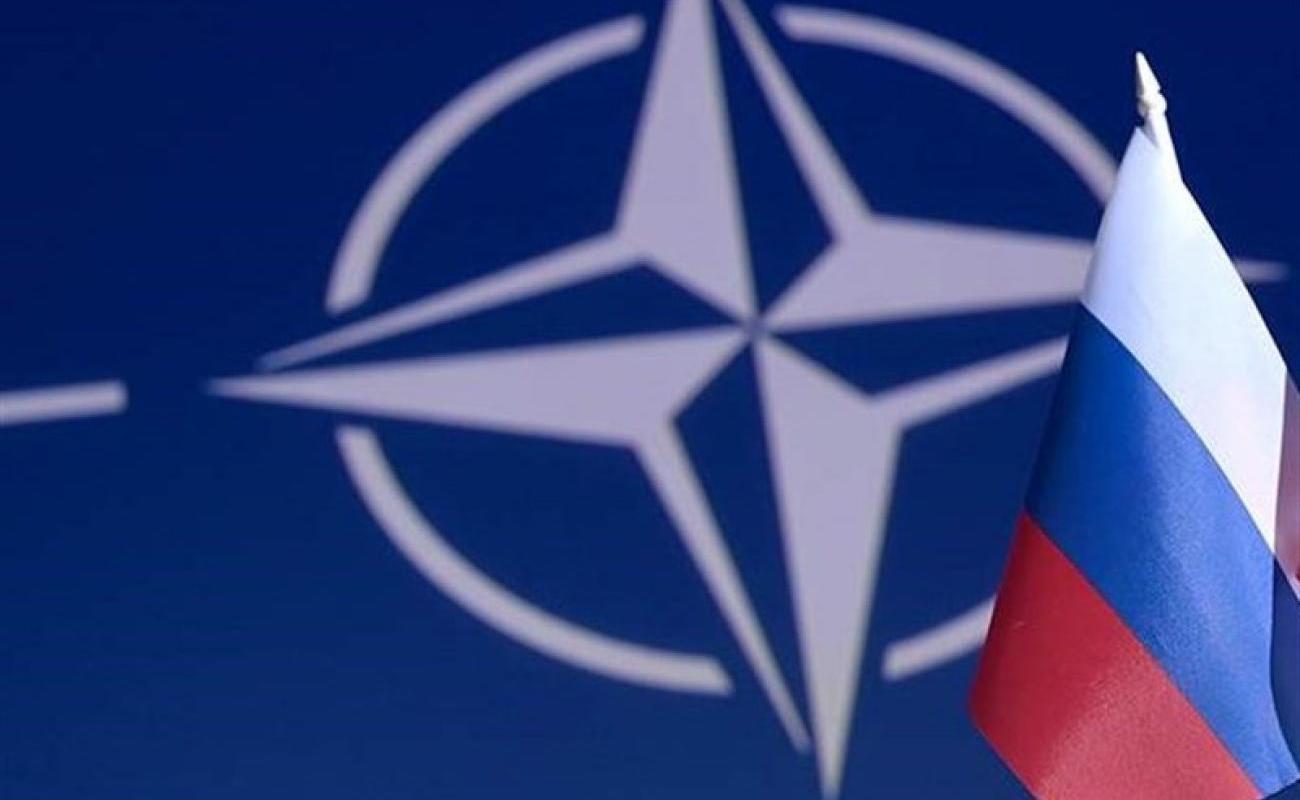Russia’s top five myths about NATO

Myth 1: NATO is not interested in real dialogue with Russia
Fact: We regret Russia’s decision to suspend the work of its diplomatic mission to NATO, and of NATO’s Military Liaison Office in Moscow, and to close down
NATO’s Information Office in Moscow.
NATO and Allies have been consistent in their calls for meaningful dialogue with Russia. NATO Secretary General Jens Stoltenberg has repeatedly stressed that
dialogue with Russia is essential when tensions are high.
This is a message he reiterated at a recent meeting with Russian Foreign Minister Sergey Lavrov. The Secretary General also restated NATO’s long-standing offer to hold a meeting of the NATO-Russia Council. To date, Russia has not responded to this offer.
In October 2021, NATO withdrew the accreditation of eight members of the Russian Mission to NATO, who were undeclared Russian intelligence officers. This decision was made on the basis of intelligence and does not change NATO’s policy towards Russia, which combines deterrence and defence with meaningful dialogue.
Myth 2: NATO ignores proposal to move military exercises away from the “contact line” between NATO
and Russian forces
Fact: There is no “contact line” between NATO and Russian forces – but internationally recognised borders of NATO Allies. NATO’s deployments on Allied territory are defensive, proportionate and in line with our international commitments.
Our enhanced forward presence in the eastern part of our Alliance is not meant to provoke a conflict but to prevent a conflict.
It is a response to Russia’s use of military force against its neighbours and its military build-up in the Baltic region and beyond.
In contrast to Russia’s proposal, we see aggressive Russian military activities continuing, including a major build-up of Russian forces in and around Ukraine earlier this year.
We urge Russia to follow existing transparency rules, including on military exercises and force posture. We also call on Russia to engage in the process of modernising the Vienna Document to enhance verification measures. We remain open to further dialogue on risk reduction and transparency, in the NATO-Russia Council and through our military-to-military channels.
Myth 3: Ukraine cannot join NATO
Fact: NATO Allies welcome Ukraine’s aspirations to join NATO and they stand by the decision made at the 2008 Bucharest
Summit that Ukraine will become a member of the Alliance.
Decisions regarding NATO membership are up to each individual applicant and the 30 NATO Allies. Russia has no right to intervene and cannot veto such a process.
We reject any idea of spheres of influence in Europe – they are part of history and should remain part of history. Like every country, Ukraine has the sovereign right to choose its own security arrangements. This is a fundamental principle of European security, one that Russia has also subscribed to and should respect. After the end of the Cold War, Russia played a part in building an inclusive European security architecture, including through the Charter of Paris, the establishment of the OSCE, the creation of the Euro-Atlantic Partnership Council, and the NATO-Russia Founding Act.
Myth 4: NATO rejects Russia’s arms control proposals
Fact: Russia’s proposal for a moratorium on the deployment of ground-launched intermediate and short-range missiles in Europe is not a credible offer. It disregards the reality on the ground. The reality is that there are no new US missiles in Europe, but there are new Russian missiles in Europe – the SSC-8.
Any geographical limits on the deployment of Russia’s SSC-8 are not credible, as the missile system is mobile and can be moved quickly. Unless and until Russia verifiably destroys the SSC-8 system, this moratorium is not a genuine offer.
NATO is responding in a measured way to the significant risks posed by Russia’s SSC-8 in order to ensure that NATO’s deterrence and defence posture remains credible and effective. NATO does not want a new arms race, and has no intention to deploy land-based nuclear weapons in Europe. Allies remain firmly committed to arms control, disarmament and nonproliferation.
Myth 5: NATO is encircling and trying to contain Russia
Fact: NATO is a defensive alliance, whose purpose is to protect our member states.
Our exercises and military deployments are not directed against Russia – or any other
country.
This myth also ignores geography. Russia’s land border is just over 20,000 kilometres long. Of that, less than onesixteenth (1,215 kilometres), is shared with
NATO members. Russia has land borders with 14 countries. Only five of them are NATO members.
Outside NATO territory, the Alliance only has a military presence in Kosovo and Iraq. The KFOR peacekeeping mission is carried out with a United Nations mandate,
endorsed by the UN Security Council, of which Russia is a member. NATO’s noncombat mission in Iraq is a key contribution to the fight against international terrorism and is carried out with full respect for Iraq’s sovereignty and territorial integrity and at the request of the Iraqi government. In contrast, Russia has military bases and soldiers in three countries – Georgia,
Moldova, and Ukraine – without the consent of their governments.
